
Weapon Intern Program graduate Preston Johnson receives a gift from his mother and daughter following a graduation ceremony on Aug. 21. Preston was one of 23 graduates in the Class of 2025.
Launched in 1998, the Weapon Intern Program offers a year of rigorous coursework for employees in the national security enterprise. The program aims to accelerate knowledge transfer to the next generation of the weapons workforce to ensure the U.S. nuclear arsenal is safe, secure and reliable.
Learn more at bit.ly/3M4nB38
Photo by David Lienemann

NNSA Associate Administrator for Congressional and Intergovernmental Affairs Lee Ashlock, center, looks into the center of the Z machine as it is being set up for a test on Sept. 22, 2025.
Photo by Craig Fritz

Microsystems Engineering, Science and Applications Director Reno Sanchez, right, speaks with, from left, U.S Sen. Deb Fischer, chair of the Senate Armed Services Subcommittee on Strategic Forces; Labs Director Laura McGill; and Daryl Hauck, manager of the NNSA Sandia Field Office, during a tour of the MESA facility at the Labs on Sept. 22, 2025.
Photo by Craig Fritz

Roughly 12,550 miles above Earth, a constellation of satellites that carry the Global Burst Detection system orbits the planet.
The sophisticated system, developed by Sandia and Los Alamos National Laboratory, detects nuclear detonations and provides real-time information to the U.S. military and government.
The final system from the current series launched this year and now the team is preparing for the next series, set to launch in 2027.
Learn more at bit.ly/3W1Q4Z7
Photo by Craig Fritz

For 60 years, Sandia and Los Alamos National Laboratory have continued to develop new, complex technologies to support the Global Burst Detection system, which is carried on GPS satellites and designed to detect above-ground nuclear detonations.
In the photo, Sandia’s Adam Moya performs a series of safety checks before and during testing.
The last of the IIIA series Global Burst Detector launched into space in May 2025, and the next generation, called IIIF, is scheduled to launch in 2027.
Learn more at bit.ly/3W1Q4Z7
Photo by Craig Fritz

A team of Sandia engineers believes they’ve found a way to make X-rays better by harnessing different metals and the colors of light they emit.
In the photo, materials scientist Noelle Collins uses ball calibration while setting an X-ray CT scan.
“With this new technology, we are essentially going from the old way, which is black and white, to a whole new colored world where we can better identify materials and defects of interest,” Noelle said.
Learn more at bit.ly/3J9LOE6
Photo by Craig Fritz

Materials scientist Noelle Collins sets up for an X-ray CT scan of a circuit board as part of the Non-Destructive Evaluation group at Sandia.
The team is working on making X-rays better by using tiny, patterned samples of various metals such as tungsten, molybdenum, gold, samarium and silver and the colors of light they emit.
While traditional X-rays, discovered in the late 1800s, are black and white, this new X-ray technology can create colorized images that enhance image clarity and provide a better understanding of the object’s composition.
Learn more at bit.ly/3J9LOE6
Photo by Craig Fritz

Sandia’s Erica Douglas provided industry visitors with a behind-the-scenes look at the latest construction of the Center for Advanced Manufacturing and Innovation, or CAMINO.
CAMINO is a Sandia-led capability that ties advanced manufacturing equipment across several facilities, enabling subject matter experts to expedite early design development cycles through prototyping, while also developing new materials and manufacturing techniques to meet emerging needs for mission applications.
The new center, located in Albuquerque’s Science and Technology Park to foster relationships with industry and academia, will support Sandia’s national security missions.
Learn more at bit.ly/4nJn7Ns
Photo by Craig Fritz

A hard hat tour of the latest construction of the Center for Advanced Manufacturing and Innovation, or CAMINO, welcomed more than 30 people from Commercial Real Estate Women of New Mexico for a behind-the-scenes look at the 20,000-square-foot facility in Albuquerque’s Science and Technology Park.
CAMINO is a Sandia-led capability that ties advanced manufacturing equipment across several facilities, enabling subject matter experts to expedite early design development cycles through prototyping, while also developing new materials and manufacturing techniques to meet emerging needs for mission applications.
Learn more at bit.ly/4nJn7Ns
Photo by Craig Fritz

Scientist Chloe Doiron prepares samples for cleaning before depositing optical coatings at Sandia’s Center for Integrated Nanotechnologies.
Chloe and her colleagues developed an imaging capability that works through obstructions and presented this research at Innovation Faceoff. The results support the Labs’ efforts to go fast and deliver on a wide range of missions.
Learn more at bit.ly/3IvQBzu
Photo by Craig Fritz

Sandia scientist Chloe Doiron operates the aberration corrected microscope for imaging through disordered media. She and her team developed an imaging capability that works through obstructions. She presented the research at Innovation Faceoff, winning the California Audience Choice Award.
The event invited participants to present groundbreaking research and inventions, supporting the Labs’ efforts to go fast and deliver on a wide range of missions.
Learn more at bit.ly/3IvQBzu
Photo by Craig Fritz

Six teams competed in Sandia’s inaugural Innovation Faceoff, presenting groundbreaking research and inventions with a time limit of just six minutes.
Sandia physicist Ihab El-Kady, photographed with Lab Director Laura McGill following his win, presented his team’s invention of a self-contained navigation technology that mitigates GPS vulnerabilities by relying on sensing dynamic and static pressure strains.
The results support the Labs’ efforts to go fast and deliver on a wide range of missions.
Learn more at bit.ly/3IvQBzu
Photo by David Lienemann

Take a deep breath. Exhale. Now imagine you just completed a noninvasive test for disease and infection with rapid results.
Sandia researchers are developing such a breath test through the Homeland Security Startup Studio, sponsored by DHS Science and Technology Directorate. This test will be able to detect illnesses, including sepsis, lung cancer, kidney failure, COVID-19, influenza and many other infections.
In the photo, a chemical engineer holds a vial of the metal-organic framework sorbent, MOF-808-F5.
Learn more at bit.ly/3KlKAWy
Photo by David Lienamann

“Ten years ago, we would have thought it was impossible.”
Associate Labs Director Toby Townsend leads Sandia’s Deterrence, Science and Energy Division and has a front row seat to an era of AI and discoveries happening at an eye-opening pace.
Toby has spent almost 30 years at the Labs, starting as an intern in 1999 before holding leadership roles in Sandia’s space and nuclear nonproliferation programs, among others. While he is considered an expert in nuclear deterrence circles, his focus now is on what’s next for the division and the Labs.
Learn more at bit.ly/4mND8SB
Photo by Spencer Toy

Sen. Martin Heinrich, center, visits the Brayton Cycle facility on a tour hosted by Darryn Fleming, principal mechanical engineer of Advanced Nuclear Concepts, on Aug. 8, 2025. During his visit, Heinrich met with Labs leadership and toured the Nuclear Energy Systems laboratory.
See more photos at bit.ly/45KLm6u
Photo by Craig Fritz

Sandia senior scientist Kelcey Tietjen is part of Sandia’s cybersecurity team. An expert in the global fight against cybercrime, Kelcey has worked all over the world tackling high-stakes challenges in national security, including uncovering financial theft and navigating multi-billion-dollar lawsuits.
Now at the Labs, Kelcey empowers community partners and government entities to fight cybercrime.
Learn more at bit.ly/3Jzo6Bi
Photo by Craig Fritz

Five students join forces to tackle a challenge during an exercise at the 2025 QCaMP. The outreach program equips students and educators with essential tools for a quantum-powered future.
QCaMP hosted participants from several states over four days with the aim to increase the number of students pursuing careers in quantum information science across the U.S.
Learn more at bit.ly/4fIFX4w
Photo by Craig Fritz

Two students team up on a project at the 2025 QCaMP. Launched in 2022, QCaMP began as a virtual weeklong program that drew 32 students and 20 educators to learn about quantum information science. Since then, the team has expanded its efforts to reach students and educators, engaging more than 490 participants in several states.
Learn more at bit.ly/4fIFX4w
Photo by Craig Fritz

Expanding on last year’s success of STEM camps at Explora Science Center and Children’s Museum of Albuquerque, Sandia volunteers joined camps to explore engineering disciplines and technologies.
One activity, led by electrical engineer Rachid Darbali-Zamora, invited campers to explore a 3D model that shows how different energy sources are integrated into the electric grid.
Learn more at bit.ly/4n53KhM
Photo by Craig Fritz

Sandia researchers are helping develop K-12 science leaders through a grant program. Teachers are embarking on a rare educational experience: seeing firsthand what Sandia does with hopes of bringing it back to their classrooms.
In this photo, Kristopher Klinger shares his passion for science and inspires future generations during a school tour in the Uncrewed Aircraft Systems Counter-UAS Lab.
Learn more at bit.ly/41otU6L
Photo by Craig Fritz
-

A Day in the Life of Sandia -

People of Sandia -
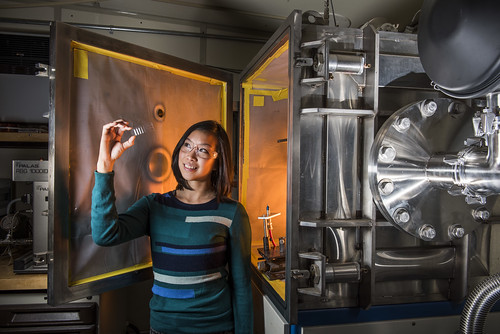
#WomenInScience -
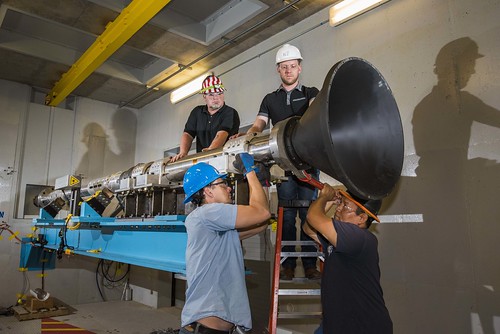
Aerospace -

Basic science -
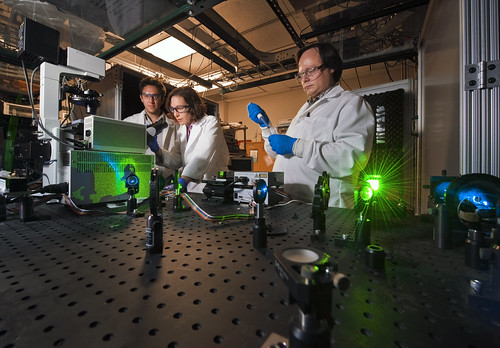
Biosciences -
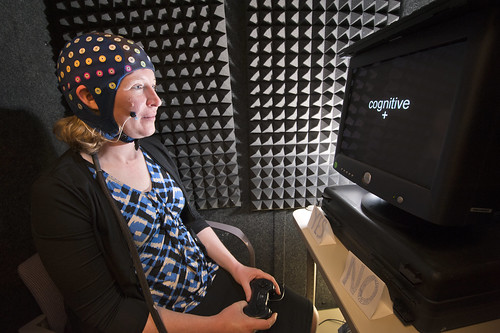
Cognitive science -
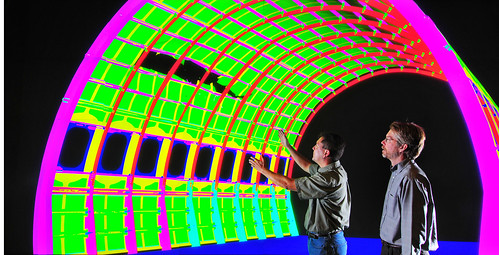
Computing -
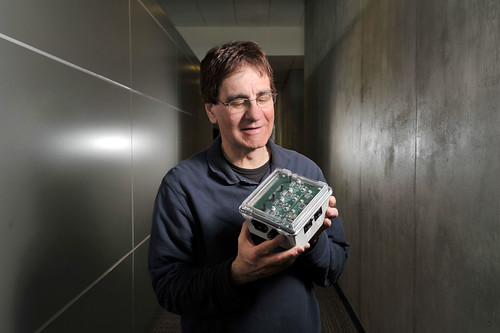
Energy, Environment, Water -
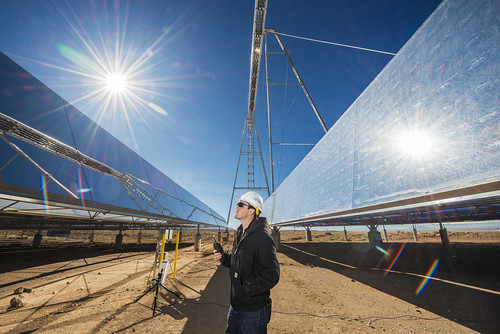
Solar Energy -
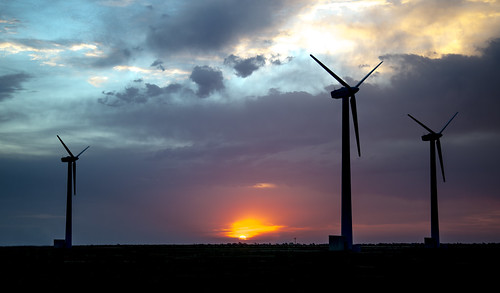
Wind Energy -

Large-scale Testing -
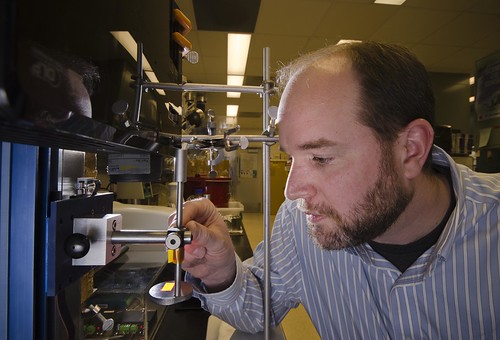
Materials Science -

Medical -
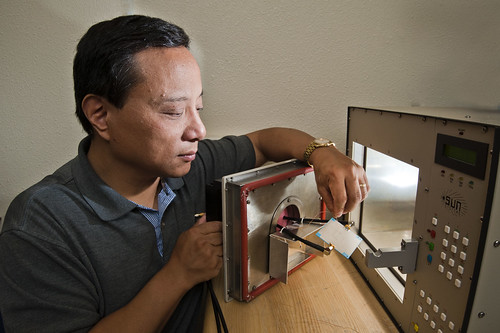
Microelectronics -

Nanotechnology -
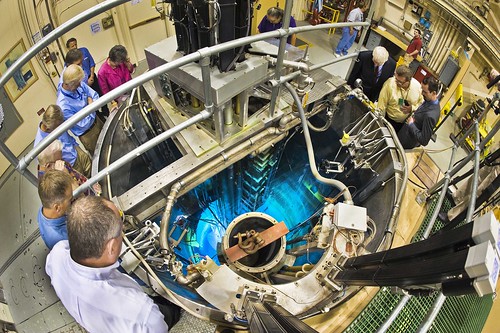
Nuclear Science -
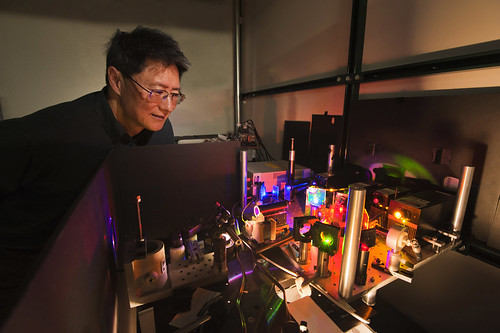
Photonics -
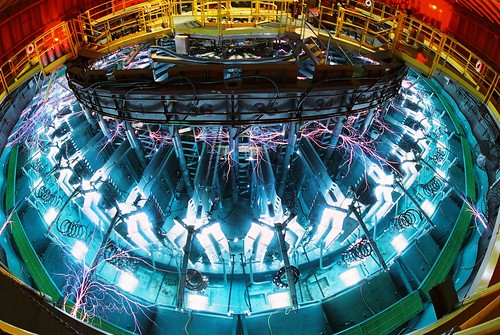
Pulsed Power -

Robotics -
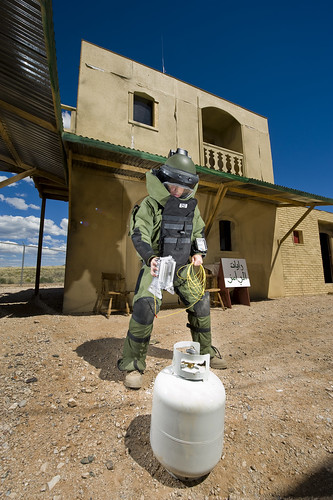
Security and Defense -
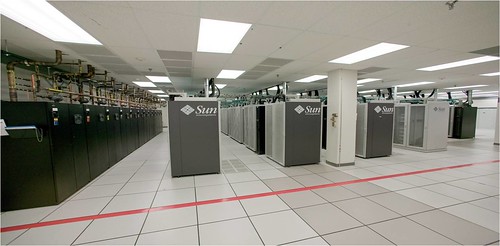
Supercomputing -

Sandia's Security Force -

Wildlife of Sandia Labs -

History -
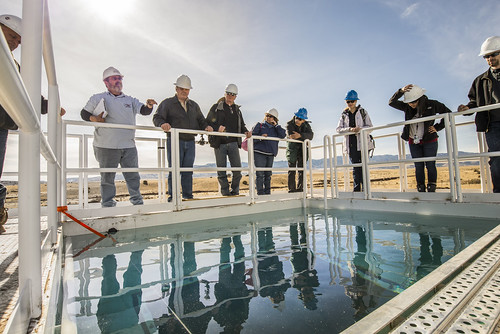
Davis Gun -
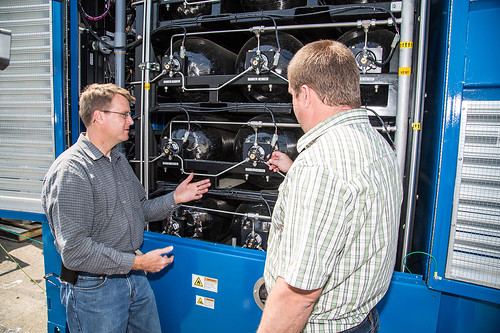
Maritime Hydrogen Fuel Cell Project -

Chelyabinsk Asteroid Airburst -

Sandia Guided Bullet -

Willis Whitfield -

Facilities -

Combustion Research Facility -

Joint BioEnergy Institute -

Pete V. Domenici National Security Innovation Center Dedication -
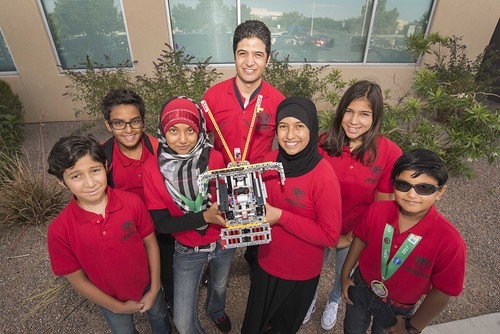
Community, Education -

CSI: Dognapping -

My Brother's Keeper Day -

STEM Mentoring Cafe -

Minority Serving Institute Partnership Program -

Events -

2016 Kirtland Air Force Base Air Show -

Annular Solar Eclipse -
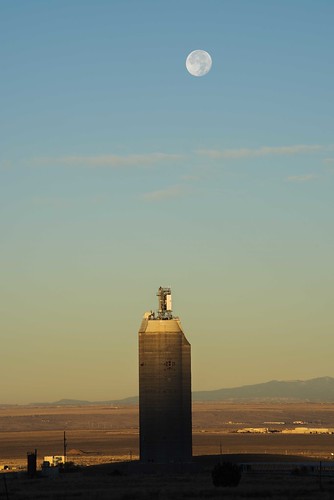
Supermoon 2016 -

2011 Robot Rodeo -
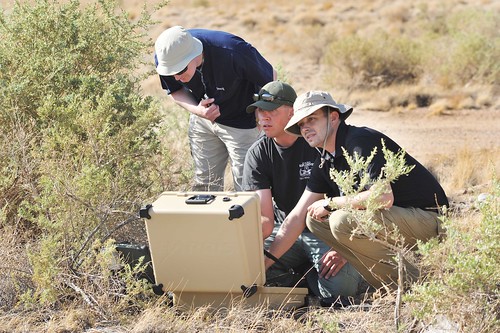
2013 Robot Rodeo -
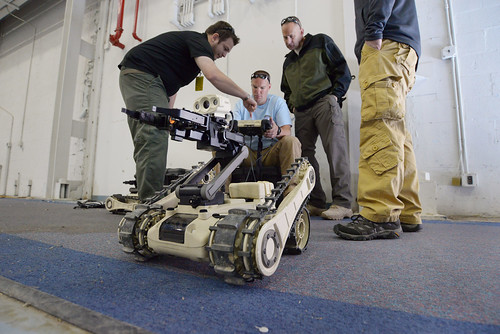
2015 Robot Rodeo -

Sec. Chu Visit, 2012 -

Sec. Moniz Visit, 2013 -
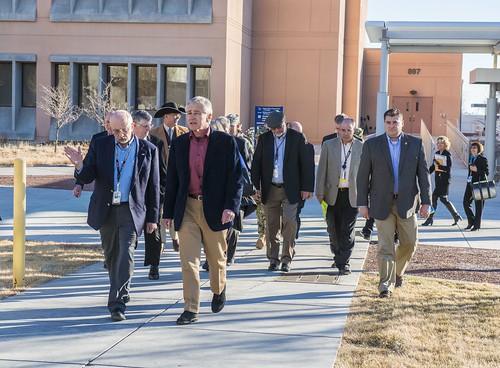
Sec. of Defense Visit, 2014 -

Sec. Jewell Visit, 2015 -

Sec. Perry Visit, 2018 -

Sec. Granholm Visit, 2022 -

Frank Klotz Visit
Members of the media are welcome to download and use these images and photos. Please credit either the photographer or Sandia National Laboratories.